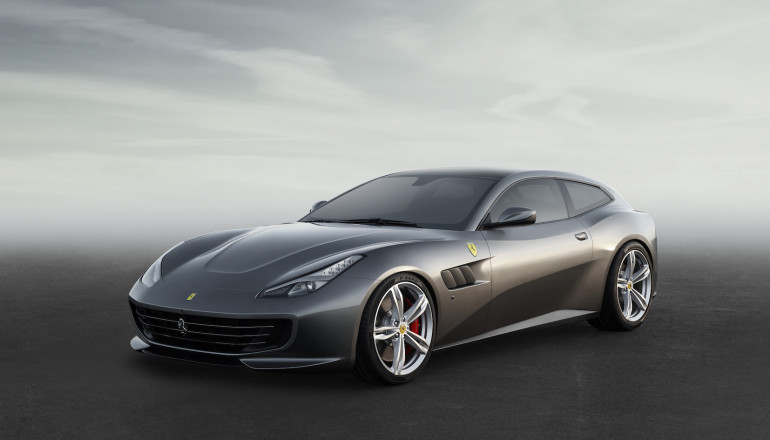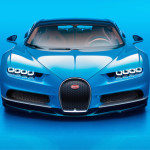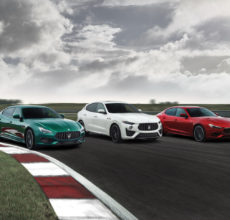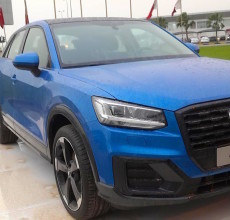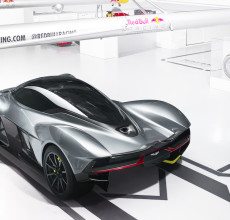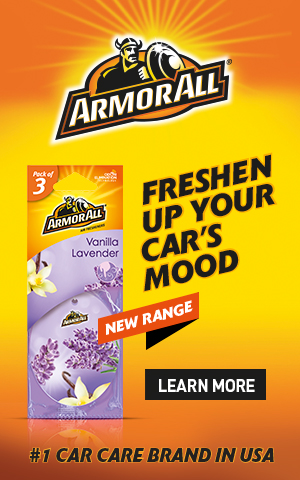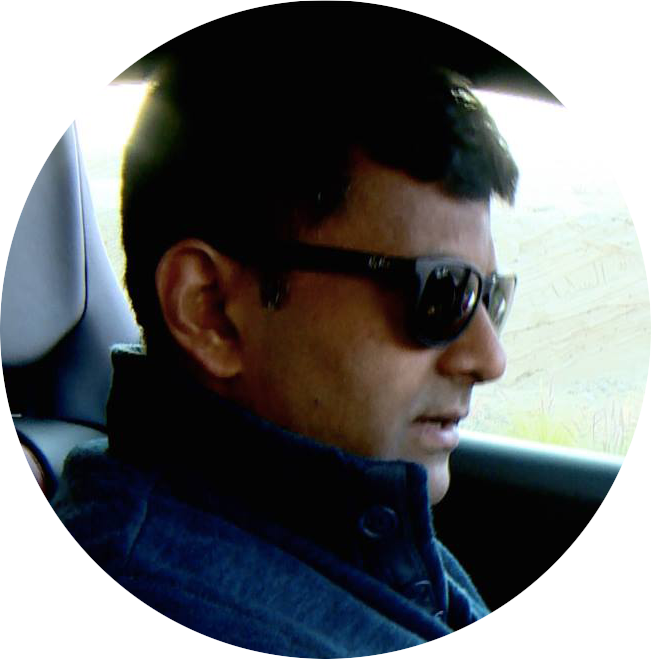The Maserati of SUVs
That is what the Maser of automakers describes their first ever sport utility vehicles as – the new Levante couldn’t be more appropriately described.
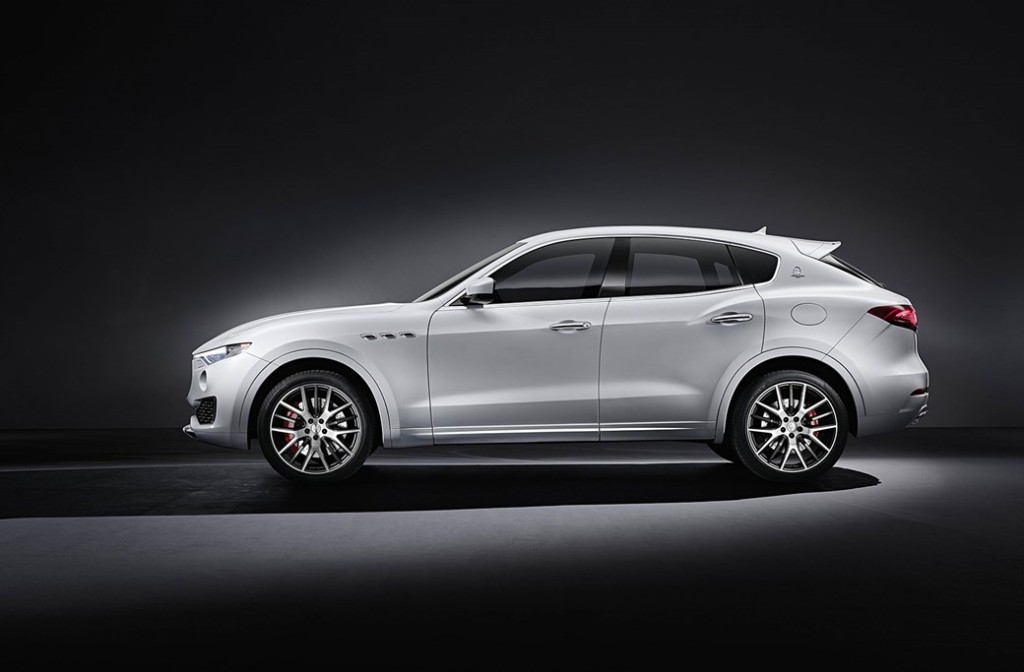
The aggressive Maserati façade features tapered headlights separated into two, the upper headlight unit connected to the radiator grille. The style of the house gleams on the sides: the three signature air vents on the front fender, the trapezoidal C-pillar with the “Saetta” logo and the frameless door windows. The steeply slanting rear windscreen and the streamlined shape speak a language native to performance cars.
The Levante’s chassis is designed to take what you throw at it – the tested on-road performance with excellent handling of low-grip surfaces and impressive off-road performance and ride. Sophisticated electronic suspensions featuring controlled damping and air springs with multiple settings are standard. The “Q4” intelligent all-wheel drive and 8-speed automatic transmission have been calibrated for the new SUV along with a limited slip differential, all as standard.
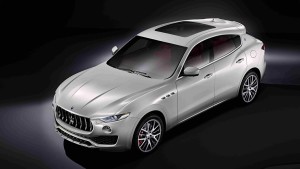
The Levante will be available in petrol and diesel versions that are Euro6-compliant. All three available engines will be turbocharged 3.0L V6s. The base model packs 350 hp and 499 Nm torque for a 0-100 kmph timing of 6.0 seconds flat. The figures are identical to the entry level Ghibli but its .4 seconds slower than the Ghibli, as to be expected. The Levante S packs 430 hp and 579 Nm torque, which is more than the Ghibli S and achieves the sprint in 5.2 seconds. Even though the diesel model has only 275 hp power, it pulls with a stupendous 599 Nm of torque, getting to the 100 km mark on the speedo in 6.9 seconds.
The Maserati Levante is built at the Mirafiori plant in Turin. The first cars have already left the assembly line and are expected to grace the showrooms in Europe in spring, soon to be followed by the rest of the world. The model range now has Quattroporte, Ghibli, GranTurismo and GranCabrio models closer to the ground other than the new Levante.
Audi Q2 and performance models
While the Audi S4 Avant and the Audi RS Q3 improve performance figures of their originals, Audi bares its intentions to rival the X1 with a brand new compact SUV. By calling it the Q2, Audi breaks the odd sequence to be in line with the anticipation of an even more compact SUV, by reserving the Q1 nameplate for later.
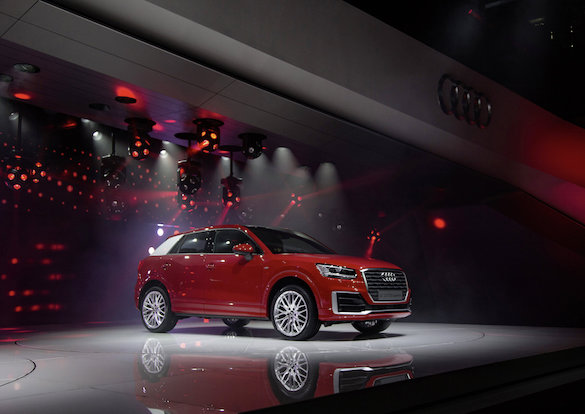
The new Audi Q2, Geneva International Motor Show 2016.
Built for young buyers, and based on the Tiguan’s platform, the new Q2 is 4.19 meters long. With a slightly skewed geometrical idiom the youngest sibling maintains an independent character within the family. Look at the grille with a slightly upturned lip at both top corners. Many features can be tailor-made, with two trim lines to choose from. The seats are positioned deep – in a sporty equation with the steering wheel.
The Audi has been at the forefront of piloted driving pursuits and the Q2 also gets its share of automation within the driving department. Options include the all-digital Audi virtual cockpit and a head-up display, the MMI navigation plus with the online component Audi connect. Assistance systems include Audi pre sense front that can avoid collisions with pedestrians or vehicles; adaptive cruise control with stop & go function and traffic jam assist.
TFSI engines that produce 150 to 190 horse power are mated to the seven-speed S tronic with ‘lightning-fast’ action, and quattro permanent all-wheel drive. The progressive steering Audi has in the TT and the sporty suspension are standard while its damper control and the driving dynamics system ‘Audi drive select’ are optional. While the Audi Q2 hits Europe in fall 2016 dates for the Middle East is yet to be known.
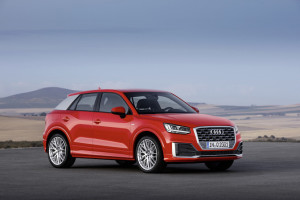
Colour: Tango Red
The new Audi S4 Avant, sports-car-mated-with-station-wagon, has a newly designed 3.0 TFSI V6 turbocharged for 354 hp. Standstill to 100 km/h takes only 4.9 seconds, while top speed remains a standard governed 250 km/h. For those who aren’t keen on the Avant styling, the S4 Sedan employs the same engine to touch 100 km/h in 4.7 seconds.
Just above the new Q2, the SUV slot gets some shake-up with the RS Q3 performance whose five-cylinder turbo engine generates 27 hp more than the RS Q3’s. 367 hp shoots it from 0 to 100 km/h in 4.4 seconds and onward to its 270 km/h limit. It has exclusive equipment to complement its extra power. The sporty SUV claims EUR 61,000 in the German market.
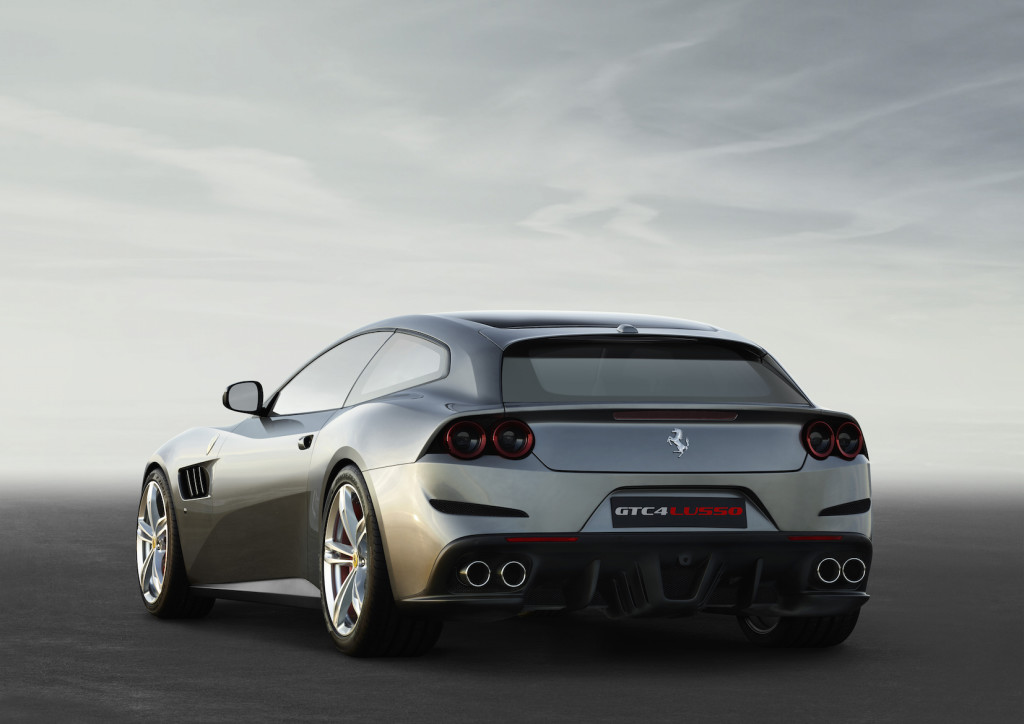
New Ferrari FF upgraded to GTC4Lusso
Just when I had cleverly defined what the FF stands for in my review of the Ferrari FF, they have gone and changed the name to a rather confusing and seemingly meaningless Ferrari GTC4Lusso.
Ferrari calls the GTC4Lusso a new four-seater model and not just a facelifted FF. You can justify it by the fact that this is the first time a rear-wheel steering is integrated with a four-wheel drive. Look closer at the philosophical tenets of Maranello and the meaning of the name is also gradually unravelled. Ferrari refers to the 330 GTC, 330 GT and 250 GT Berlinetta Lusso as chief inspiration sources – all models have been described as ‘a sublime combination of elegance and high performance’. As for the 4 in the GTC4Lusso, it stands for the number of seats, just as one of the F in the FF did; and Lusso, by the way, conveys ‘luxury’ in Italian.
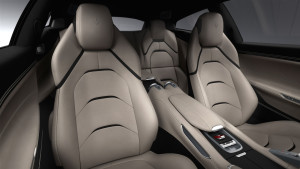
The engine is the same in size but the output has been tweaked. The 6.3 L (6,262cc) V12 fires up a maximum of 680 hp (690cv) at 8,000 rpm and peak torque of 697 Nm at 5,750 rpm, with 80% available at just 1,750 rpm. In comparison, the FF used to deliver 651 hp and 683 Nm. As a result, the GTC4Lusso has scraped .3 seconds off the 0-100 km timing of the FF. While the top speed is unchanged at 335 km/h, the sprint takes 3.4 seconds only, partly due to a 13.5:1 compression ratio instead of 12.3: 1, and a 2.6 kg/cv weight-to-power-ratio that strikes a new high.
The latest, fourth generation of the Side Slip Control seen in the 488 GTB and the new Ferrari-patented 4RM-S system integrate the four-wheel power transfer, the rear-wheel steering, E-Diff and SCM-E active damping. By the way, 4RM stands for Quattro ruote motrici or in familiar tongue, ‘four-wheel drive’.

The new FF (in its new unrecognizable name) is a further refinement of the shooting brake coupé, with enough design elements to keep it new enough. The number of rear lamps per side has doubled – two each, as round as ever, yet more stylish – while the headlamps resemble those seen in the new 488 GTB model.
Interior materials have been chosen to effect weight reduction, while the reduced steering size has been achieved through a smaller airbag. The navigation and infotainment platform is new, and features a 10.25” touch screen. The cars on display feature the new 8.8” touchscreen passenger display as well as Apple CarPlay and an upgraded audio system. The price hasn’t been announced yet, but should be close to the FF pricing of AED 1.18 million.

